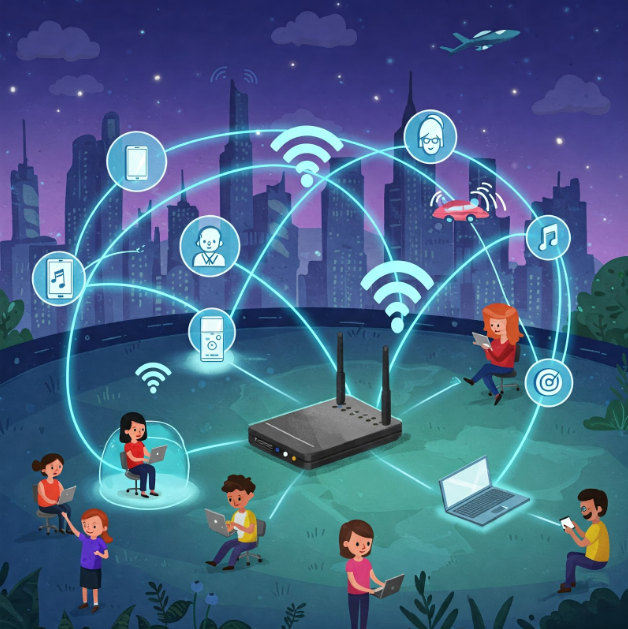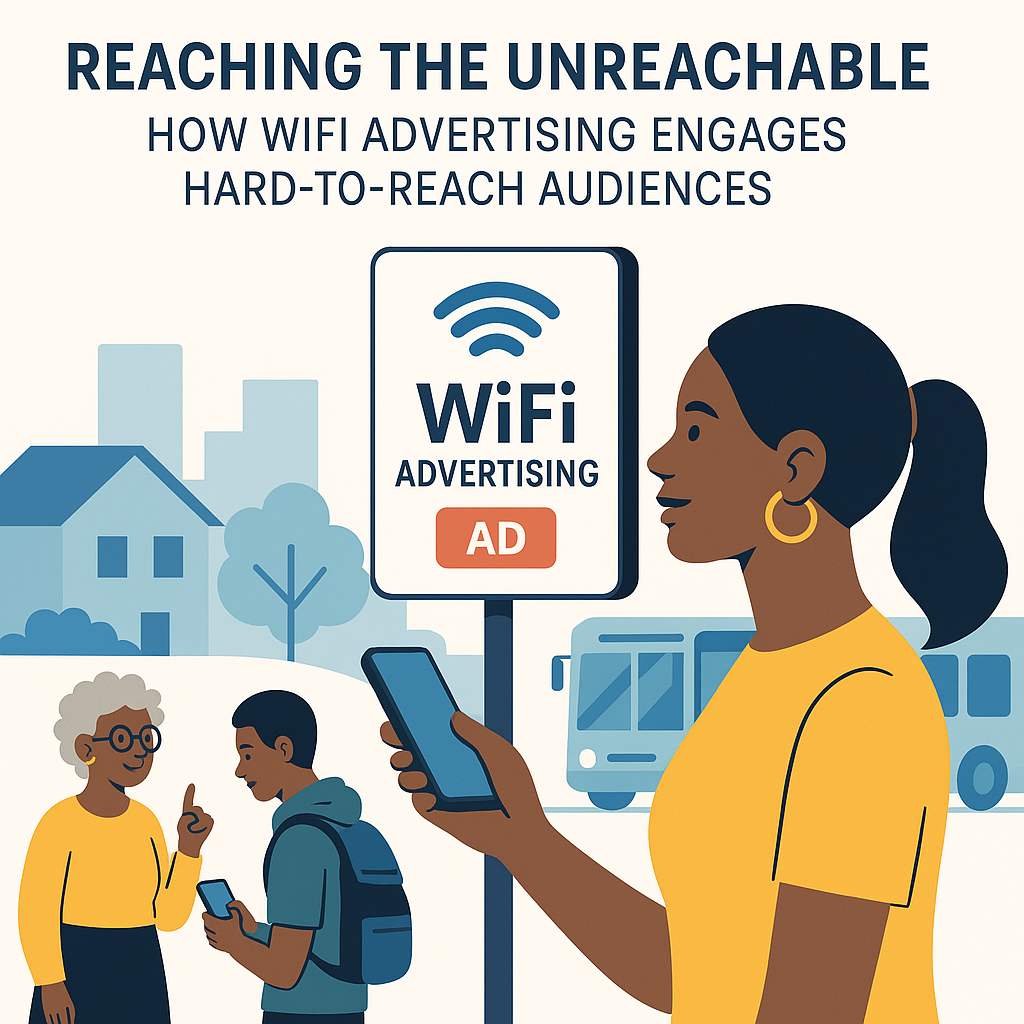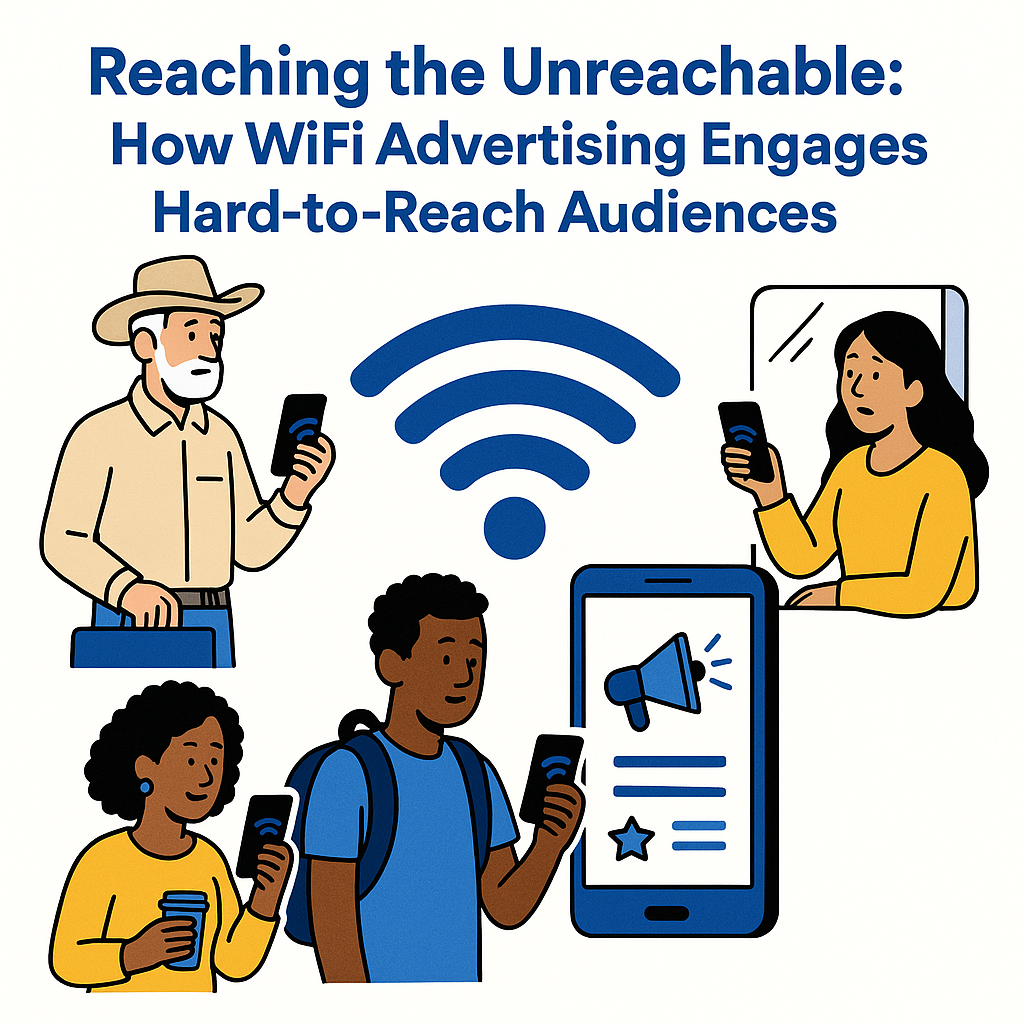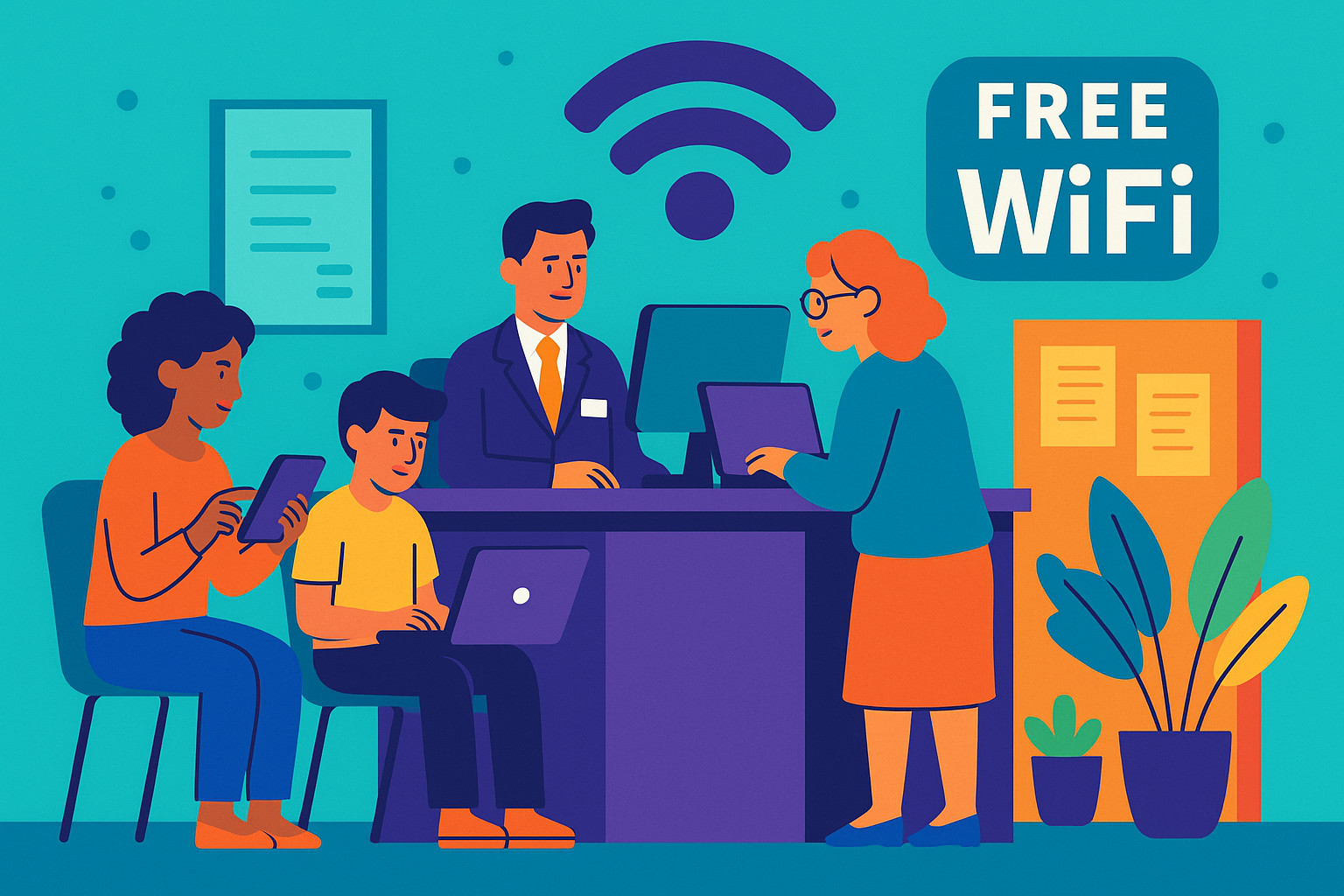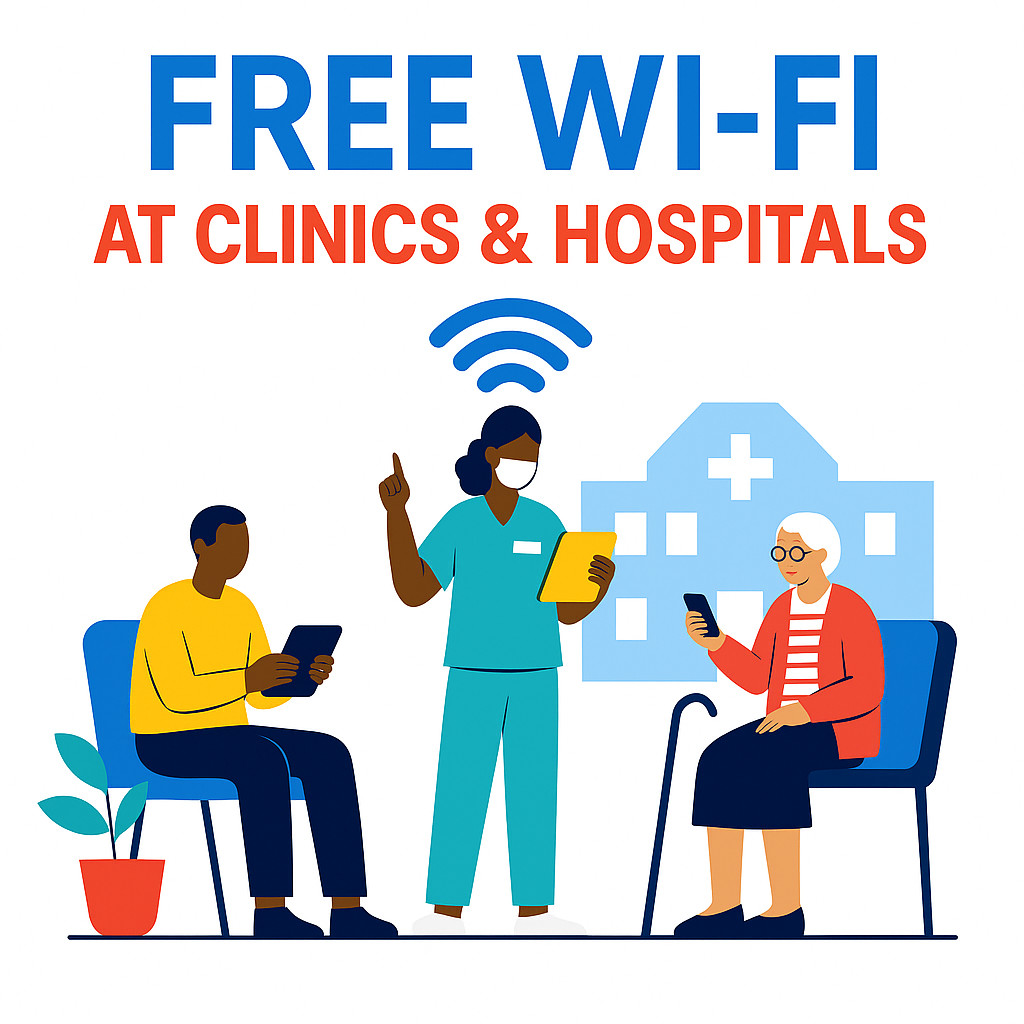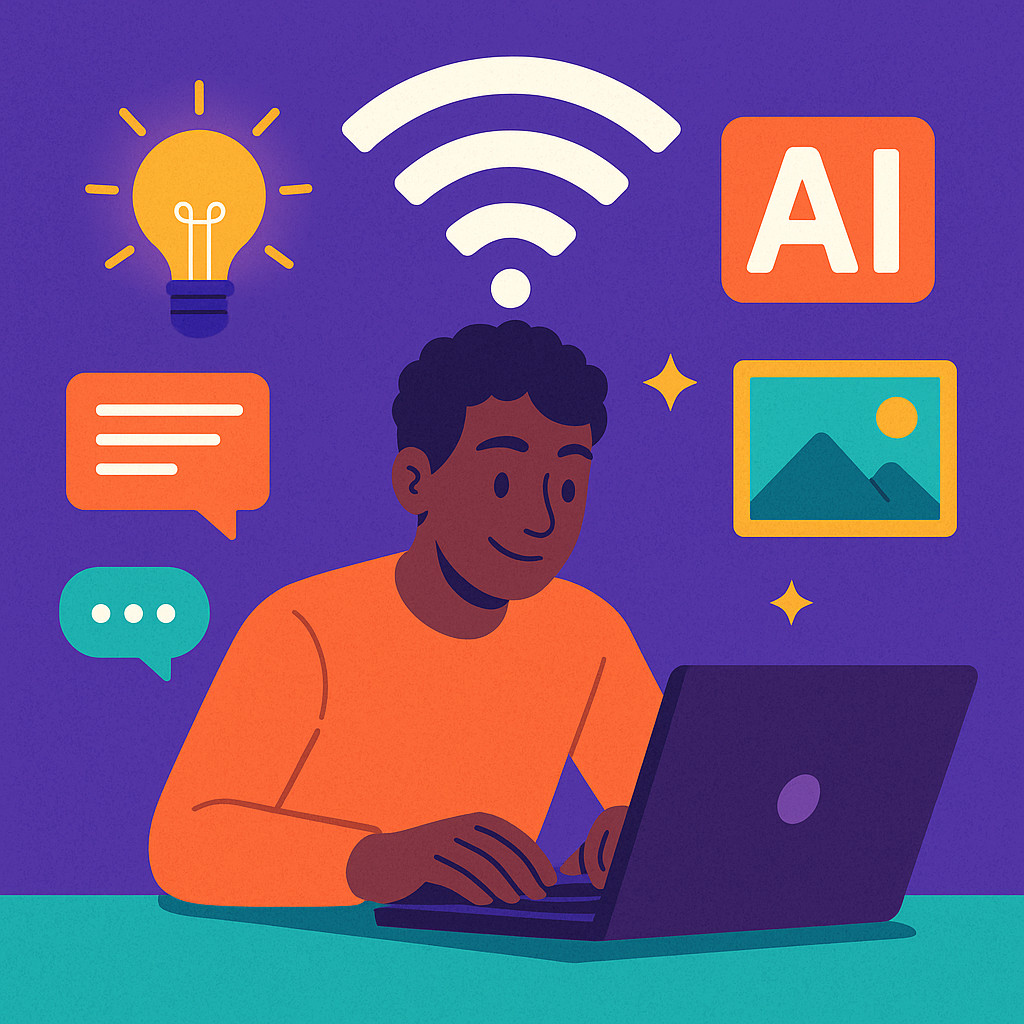Think of the last time you used the internet—most likely, you didn’t have to plug in a cord or sit close to a modem. You simply opened up your laptop or phone, clicked on a network, entered a password (maybe), and you were set. Instant connection. That’s the magic of WiFi.
Before WiFi, being online was a question of being physically connected to a network cable or modem. It was limiting, not being able to lie in bed with your tablet or work from a coffee shop. All that changed with WiFi. Internet access became wireless and seamless, and something we’ve grown accustomed to taking for granted almost everywhere we go.
How WiFi Works (Without Getting Too Technical)
At the heart of most WiFi setups is an appliance called a router, which typically comes built-in with an Access Point (AP). This device takes your internet connection—most likely from a cable, fiber optic line or another wireless connection (like LTE / 5G) —and transforms it into a wireless signal. This signal gets transmitted through the air through radio waves, much like your favorite broadcast radio station ends up in your car.
Your phone, computer, pad, or smartphone picks up those signals. When it finds a familiar network, it becomes connected, and you’re online. Then your device and router share information wirelessly: you ask for a web page, the router fetches it from the internet, and returns it to you.
This entire exchange happens so fast that it feels instant. Whether you’re streaming music, sending a message, or hopping on a Zoom call, WiFi makes it all feel effortless.
Why WiFi Matters So Much
1. Freedom to Move
One of the best things about WiFi is that it releases the cord—literally. You’re not tied to a desk or stuck in one spot. Whether you’re checking emails from your kitchen, watching YouTube in the park, or double-checking directions at an airport, WiFi allows you to go with the flow and stay connected on the go.
2. So Many Devices, One Connection
Today, each one of us is carrying around a few devices in our hands—phones, computers, smart TVs, smartwatches, even internet-enabled fridges and doorbells. WiFi allows all these appliances to be networked on the same connection without a mess of cables. It’s what keeps the “smart home” connected and makes your phone and voice assistant talk in harmony.
3. Easy to Use
WiFi is very much plug-and-play. Plug in a router once, and installing new devices is usually as easy as entering a password. Even in public places, connecting is often a mere matter of tapping a network and agreeing to terms. Such simplicity is a giant reason why access to the internet is more widespread than ever.
4. Public Hotspots Are Everywhere
If you’re someone who makes regular use of public WiFi in coffee shops, airports, hotels, or libraries, you know how convenient it is. Those public hotspots are a blessing for travelers, students, teleworkers, and anyone in need of instant access to the web while away from home. Sometimes it is free, and other times there may be an advertisement or a login. Thinkzones are another standard example of these, allowing the user to tap into open public WiFi networks. These networks are supported by ads, providing a choice for users to have free internet access. Whether you need to check your email, find directions, or simply browse the internet at your preferred spaza, coffee joint or hairdresser, public WiFi hotspots, or if you prefer, ThinkZones, are now an integral part of our daily life, promoting productivity and connectivity on the go. Businesses that would like to reach this connected market may contact Think Digital Media for advertising opportunities.
WiFi Is Here to Stay
WiFi has gone from a nicety to something we use on a daily basis. It powers everything from video calls with relatives to setting your smart thermostat. As technology gets better, it’s only going to be faster, more reliable, and even more common.
So the next time you’re connected to a public network at your coffee shop or streaming a movie in bed, pause to thank the unseen waves that make it all possible. WiFi isn’t necessarily visible, but it’s real—and most definitely so when it’s not!

